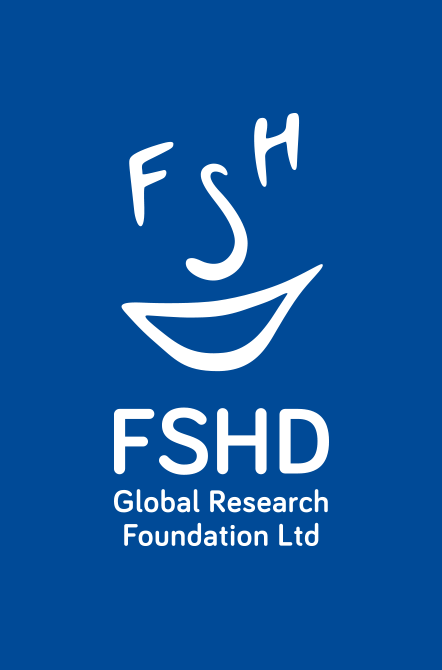GRANT 8
Research Institution: Tulane Medical School, New Orleans, USA
Principle Investigator: Prof Melanie Ehrlich
Type: International
Project title: “Dysregulated Pathways in FSHD: Recreating the FSHD Phenotype”
Status: Completed
Summary
Despite DUX4 being the first gene linked to facioscapulohumeral muscular dystrophy (FSHD), it is still unclear how this gene causes the disease because it is turned on in only a tiny fraction of the cells in the affected muscles of patients. Knowing how this gene works to cause the disease is essential for designing effective FSHD treatments. Prof. Ehrlich’s group has looked at all the chromosomes to find the effects of DUX4 most likely linked to pain and muscle weakness in the disease. Using muscle precursor cells from muscle biopsies, their research examined which genes are expressed too little and which are expressed too much in FSHD. This amounts to an expression signature for the disease. They also looked for a DNA signature, namely, changes in the naturally occurring modifications of genetic material (DNA) specific to certain tissues (“epigenetic signatures”) throughout all the human DNA (chromosomes), using the latest DNA technology. These signatures are a fingerprint of the on/off control of genes and can indicate which genes malfunction in the disease. Normal expression and DNA signatures make a muscle cell look and behave like a muscle cell and not like a skin cell or a nerve cell, although all cells have identical DNA.
These signatures can provide information on muscle-specific proteins early in the formation of muscle cells, in adults or embryos, and in muscle repair after birth. The group has discovered new muscle-specific signatures and abnormal signatures in FSHD muscle cell precursors although most of the normal signature is there, which explains why FSHD is usually a slowly developing disease and only affects certain muscles. These findings have major implications for the design of therapy. To identify gene candidates for DUX4 involvement in FSHD, they are introducing different regulatory genes into human muscle cells grown in the laboratory. In summary, their research suggests a new model for FSHD based on an early transient effect of DUX4 in FSHD patients leading to permanent abnormal changes. This differs substantially from the current, more popular model, based on a continuous toxic effect of DUX4 in a very small fraction of muscle cells. Their model provides a simpler explanation of results from their laboratory and others and also opens the door to many candidate regulatory genes for targeting of treatments for FSHD.




